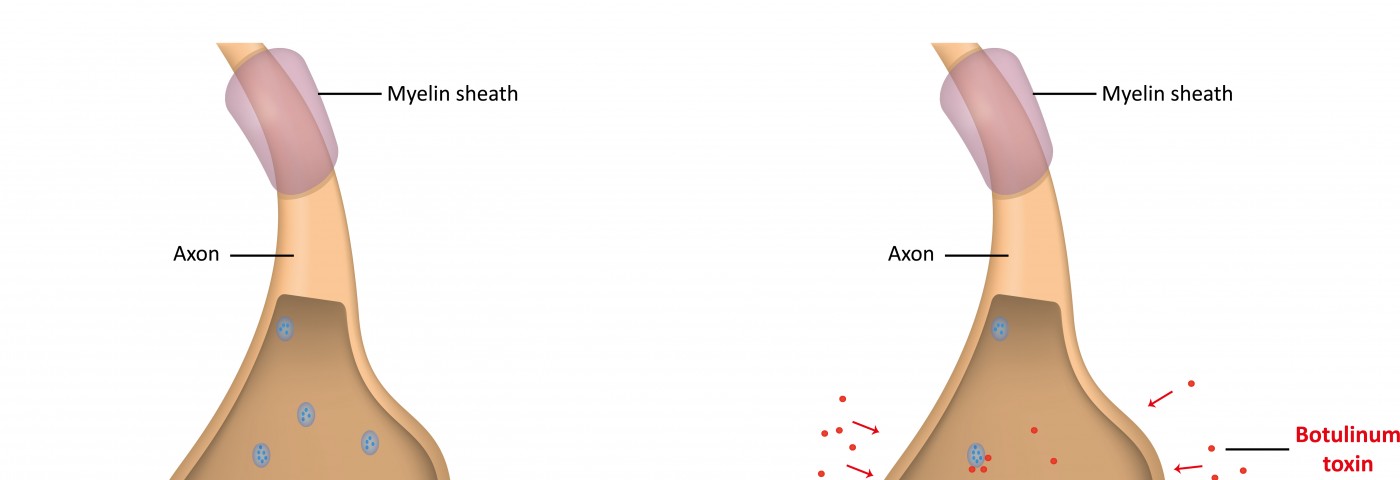An international group of researchers looked into whether botulinum toxin — most widely known for its cosmetic applications — could also help with lower urinary tract problems beyond those for which it is already approved. The report, titled “An Updated Systematic Review and Statistical Comparison of Standardised Mean Outcomes for the Use of Botulinum Toxin in the Management of Lower Urinary Tract Disorders,” appeared in the journal European Urology.
Botulinum toxin (often called by its brand name Botox) is a protein made by the bacterium Clostridium botulinum. At high concentrations it causes muscle paralysis, but at low doses it can be used for several medical and cosmetic purposes. It is already approved and clinically used for overactive bladder (OAB) and neurogenic detrusor overactivity (NDO), a neurological problem originating in brain regions that control the bladder and resulting in impaired control of urination.
Botulinum toxin, however, is not approved for use in other lower urinary tract symptoms (LUTS), which can affect men with benign prostatic enlargement (LUTS/BPE), bladder pain syndrome (BPS), and detrusor sphincter dyssynergia (DSD). Unfortunately this study did not find evidence supporting its use anytime soon.
The research team led by Altaf Mangera of Sheffield Teaching Hospitals NHS Trust, Sheffield, U.K., compared studies that used botulinum toxin for LUTS treatment versus a placebo. Bladder problems that they focused on included NDO, OAB, LUTS/BPE, BPS and DSD. They performed a comprehensive systematic review of the medical literature on this topic, including the following databases: PubMed, Scopus, and Embase.
In NDO and OAB, there was convincing evidence that botulinum toxin is effective for treating this problem. However, men with LUTS/BPE showed no significant improvements with botulinum toxin treatment. The investigators further noted that, “There were insufficient data for statistical analysis in DSD, BPS, and [studies in children].” Based on the team’s statistical analyses, studies of lower bladder problems, such as LUTS/BOE, DSD and BPS, lacked convincing or strong data to support botulinum toxin’s use. “BoNTA significantly improves all symptoms and urodynamic parameters in NDO and OAB. The effect of BoNTA in treating LUTS dysfunction appears to be overestimated,” researchers noted in their report.
Overall, the systematic review did not strongly support the use of botulinum toxin in bladder conditions other than NDO and OAB.

